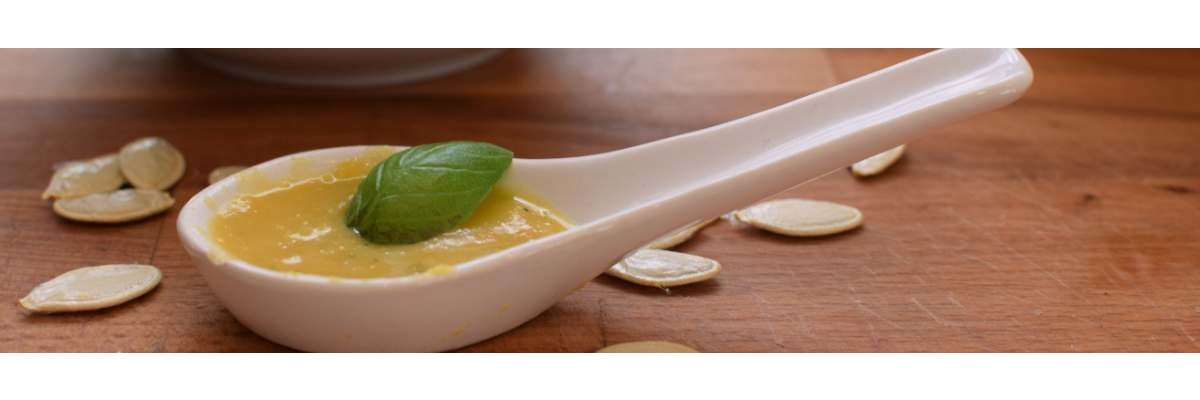The Magic of Olive Wood
Imagine strolling through sun-drenched hills of a picturesque olive grove. A delicate scent of ripe olives lingers in the air, while gentle breezes caress the leaves of centuries-old trees. Your fingers trace the rough yet silky-smooth wood of a deceased olive tree, and suddenly, you feel the enchantment held within this unassuming material.
What is Olive Wood?
Olive wood isn't just any wood. It's obtained from the trunks of olive trees and is a tribute to the slow growth and persistent nature of the olive tree. While this majestic tree takes decades to reach its full glory, the wood obtained reflects this time intensity.

Where Does Olive Wood Come From?
The story of olive wood begins deep in the sun-kissed lands of the Mediterranean, where olive trees thrive in groves caressed by sea breezes. Italy, Spain, Greece, and Turkey share a rich olive cultivation culture, with each country infusing its unique grain and characteristics into the wood. Morocco and Israel also contribute to olive wood production, while the popularity of this wood spreads globally. Each country brings its own story, traditions, and artisanal finesse to the production of olive wood products, reflecting the beauty and versatility of this extraordinary material. However, when we take a closer look at the roots of this fascinating wood, we come across other countries with a long tradition of growing and processing olive wood – and one of these countries is Tunisia.
Tunisia, the jewel of North Africa, makes a significant contribution to the olive wood industry. About 30% of its land area is covered by picturesque olive groves, creating not only breathtaking landscapes but also supplying a rich raw material. The long history of the olive tree in Tunisia is reflected in the expertise of the local craftsmen. Over the centuries, these artisans have perfected the art of woodworking, and their expertise is clearly evident in the outstanding quality of the olive wood obtained.
It is this unique combination of geographical features and cultural heritage that makes Tunisia a leader in the olive wood industry. The wood finds its way into the hands of craftsmen who respect the traditions of their ancestors while incorporating innovative designs and techniques. The result is products of unparalleled quality that reflect the beauty and history of the country they originate from. So when you hold a piece of olive wood from us, you can be sure that it's more than just a material – it's a connection to the olive groves of Tunisia, to the people who work with dedication and pride to create these works of art, and to a long tradition visible in the grain.
Why Is Olive Wood So Popular?
The impressive grain of olive wood is like a fingerprint of nature, engraved in each piece. The waves and swirls that run from one end of the wood to the other tell a story of life, growth, and character. This natural grain gives each piece of olive wood a unique identity. Every artwork, every object, and every piece of furniture made from olive wood becomes a one-of-a-kind, capturing the individuality of both nature and the tree it comes from.
But olive wood isn't just pleasing to the eye; it's remarkably resilient too. The slow growth rate of olive trees gives the wood an exceptionally high density, making it one of the hardest types of wood. It even surpasses the hardness of beech and oak wood. This robustness, combined with natural resistance to moisture, fungi, and insect infestation, qualifies olive wood as an ideal material for products that are both beautiful and functional.

What History and Cultural Significance Does Olive Wood Hold?
The history of olive wood stretches far and is closely intertwined with the fortunes of ancient civilizations and cultural traditions. Archaeological finds and historical records offer insights into the wide range of applications that olive wood has found over the centuries.
In ancient Egypt, coffins and burial offerings were made from olive wood. Some of these artifacts have survived the ages, revealing this wood's ability to remain intact even after centuries. Tablets inscribed on olive wood also demonstrate the durability and cultural value of this material. In the ruins of ancient Greek and Roman cities, olive oil presses, mills, containers, and pieces of furniture made of olive wood have been found. These discoveries testify not only to the diverse use of olive wood in everyday culture but also reflect the appreciation for its hardness and durability. The use of olive wood also extended to religious and ceremonial objects. In ancient Greek culture, olive wood was used for the creation of sculptures, religious statues, and offerings. Biblical records often mention olive wood in relation to the construction of temples and ritual objects.
Even in modern times, olive wood has left its mark. Traditional kitchen utensils like spoons, bowls, and cutting boards have been crafted from olive wood in many Mediterranean countries. The connection between olive wood and culinary arts runs deep and continues in modern kitchens, where olive wood is valued not only for its beauty but also for its hygienic properties. So, with the delivery of your olive wood, you're not just receiving a material, but delving into the deep roots of a rich history. Olive wood is a mirror of human history, a heritage that continues to live on in every intricately carved product and every stylish piece of furniture.
Is Olive Wood Sustainable and Eco-Friendly?
In a time when sustainability and environmental consciousness are becoming increasingly important, olive wood emerges as an eco-friendly choice. A remarkable feature of olive wood is its origin from trees that have completed their olive-producing phase. These trees would typically be removed to make way for younger ones. Utilizing these trees for wood contributes to reducing deforestation and minimizing environmental impact.
A sustainable approach can also be observed in olive oil production itself. Unlike untended areas, olive groves are intensively maintained to ensure long-term yields. The trees consequently grow very old, making a positive contribution to the environment. Only older olive trees, which are less productive, are ultimately used for olive wood production, prolonging the value chain of these trees. Their natural resources are thus further utilized.
The sustainable use of olive wood goes beyond the type of wood extraction. Due to its hardness and durability, olive wood products require less maintenance and have a longer lifespan, contributing to waste reduction. Thus, this material serves as a perfect example of how the combination of tradition and modern approaches leads to a sustainable and respectful interaction with nature.
What Is Olive Wood Used For?
In the skilled hands of artisans, olive wood is shaped into true works of art. Carvings, sculptures, jewelry, and decorative items are often crafted from olive wood to make use of the unique grain and color variation of this wood.
One area where olive wood is particularly popular is the kitchen. From cutting boards to salad bowls and cooking spoons, olive wood not only offers an aesthetic enhancement but also a functional one. The hardness of the wood is gentle on knife blades and provides a hygienic surface, while the warm colors fill the kitchen with natural beauty.

Does Olive Wood Affect the Taste of Food?
Our olive wood products are rubbed with olive oil to prevent them from drying out. Therefore, we recommend cleaning before the first use. Olive wood itself has no influence on the taste.
What Does Olive Wood Look Like?
The appearance of olive wood is distinctive. Knots and irregular grains give each piece character and tell of the years of growth and maturity of the tree. The bark of the olive tree often leaves distinctive textures on the wood, reminiscent of its natural origin. The color palette ranges from soft gold and beige tones to rich brown and red hues, and the size of olive wood pieces can vary depending on the tree and growth duration. All these features, whether knots, irregular grains, or different sizes, are entirely normal and charming aspects of olive wood, emphasizing its authenticity and naturalness.

How to Care for and Treat Your Olive Wood Products?
Properly caring for olive wood products is crucial to preserving their beauty and functionality over the years. Fortunately, olive wood doesn't require elaborate treatment but benefits from simple measures that ensure its longevity.
One of the most important care measures is regularly rubbing olive wood products with special olive oil or another vegetable oil. This nourishes the wood, prevents it from drying out, and helps emphasize the characteristic grain and color. It's advisable to perform this oiling regularly (for example, once a month) or as needed.
When cleaning olive wood products, it's recommended to use mild soap and lukewarm water. Avoid the use of aggressive detergents or soaking in water, as this can damage the wood. After cleaning, be sure to thoroughly dry the products to avoid excessive moisture absorption.
To maintain the natural smoothness of the wood, you can occasionally use fine sandpaper to remove any rough spots. However, be sure to do this gently and evenly to avoid leaving marks. Additionally, our advice is to protect olive wood products from direct sunlight and heat sources, as this can lead to cracking or deformation.
Where Can You Buy Olive Wood Products?
If you're looking for a wide selection of high-quality olive wood products, our own shop offers a range of products characterized by the elegance and durability of this extraordinary wood. From handmade kitchen utensils to artistic decorative items, you'll find a variety of options to beautify your home or find special gifts.




